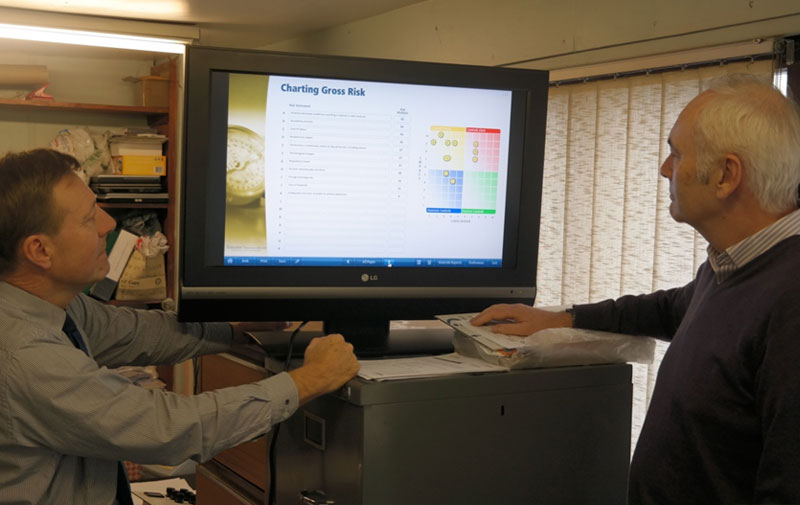There’s always more decisions to take, and always the risk of making a mistake.
In Decisions!Decisions! we looked at some of the ways you can guard against your mind tricking you in to making decisions that might come back to haunt you. Here, we will explore some more ways you can trip yourself up, and what you can do to guard against them.
Anchoring
Anchors are usually useful – cues that enable us to run a quick learned behaviour – see a red light, and immediately start to brake. We haven’t consciously thought what to do, as often there’s no need or no time. Note that this is learned, generally through repetition or a single important event.
But an anchor can work against us, so we leap to conclusions when the underlying facts, whilst looking similar, are very different from the events that created the anchor. We may act in haste only to repent at leisure. They can also kick in when we are rushed and make a hasty choice, based on a flawed view of the issue. And we all are rushed, most of the time. Or we have a first impression bias, when we ascribe attributes and values to something or someone, when a little more time might show us that our view is out of date.
Remedying wrong anchors
Firstly, do you have to decide? And if you do, do you have to do it now, or can it wait until you can devote some time to it? Some decisions are made just to get them out of the way, as other imperatives are demanding your time. And whilst you shouldn’t put things off, you do need to take enough time to get it right. That old saying is in point – “There’s never time to do it right, but there’s always time to do it again. Make sure you take decisions once, and make sure you can live with them. Are the facts similar or are you fooling yourself – stop and check your assumptions. It all takes time – we’ve dealt with that. It doesn’t mean you have to go over every decision slowly, just..less fast.
Fundamental attribution error
“It’s Tom’s fault- he should have known that would break!.. If only the banks had lent me more!.. If the Government hadn’t changed the VAT rate, this never would have happened… The weather was against us – we thought it would be much warmer in January… We were just unlucky.”
In other words, everyone else was to blame. Never you. The condition can produce a state of learned helplessness, where you think you can’t improve your situation owing to outside forces.
Remedying attribution error
Check you’ve trained Tom properly – checked that he understood, not just told him. Assume the banks won’t lend all the time – have a plan if they don’t. Stress test critical areas so that a change in VAT won’t cripple you. Research weather patterns! Take charge!
More specifically, develop some more emotional intelligence – put yourself in the other person’s shoes so you can anticipate events better. Don’t stereotype – all bankers are….human beings just like you! Find out what makes them tick. Don’t assume, as you will usually lose out.
Misused risks
In 1995 women were told that taking the pill doubled the risk of thrombosis. It was calculated that led to 13000 extra abortions in England and Wales the following year. What nobody told us was that it doubled the risk from 1 in 7000 to 2 in 7000. One study showed that to most people, a 30% chance of rain tomorrow meant that it would rain for 30% of the time. (studies by Gerd Gigerenzer)
It’s all about statistics and how you assess risk. Which we do generally via the mechanism of language, not mathematics. We are used to language – we use it all the time. If the risks are expressed mathematically, we would think a lot harder, and if we didn’t understand, we probably wouldn’t take the chance.
Check risk method
The pill issue was described as a relative risk – “it’s doubled”. Expressing it as an absolute risk changes our thinking completely – it’s now 2 in 7000. Try and express statistics in absolute terms, and again, that means stopping for a moment and asking yourself what is really meant. So the next time you see “20% risk reduction”, ask from what to what, before you take any action. If you want some entertaining practice, just watch the adverts on the TV. Most use relative risks measure. You will tune into what they are not saying quite quickly.
Gigerenzer also recommends that you don’t ask the waiter what he recommends, ask him what he would eat! Hint – he knows his tastes, but not yours, so he will go with something very safe if you ask for a recommendation. And it makes for more exciting meals.
